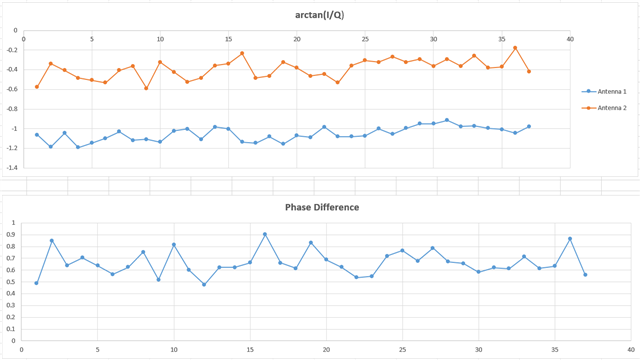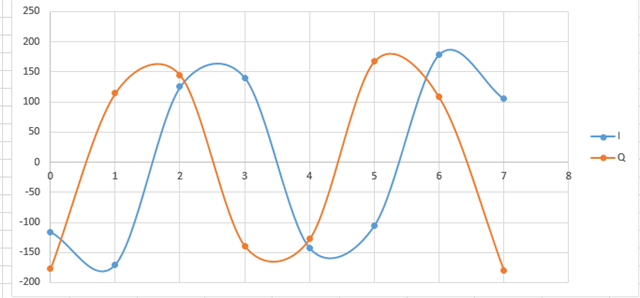When using Bluetooth AOA, I configured only two antennas to collect IQ data. Below are the curves formed by the 37 IQ data points collected from the two antennas during the sampling phase, including the phase (arctan(Q/I)) and the phase difference between the two antennas. Based on my understanding, the phase collected by each antenna should be consistent, but the data here shows surprisingly large fluctuations. Is this normal?
Thank you very much for your reply!




